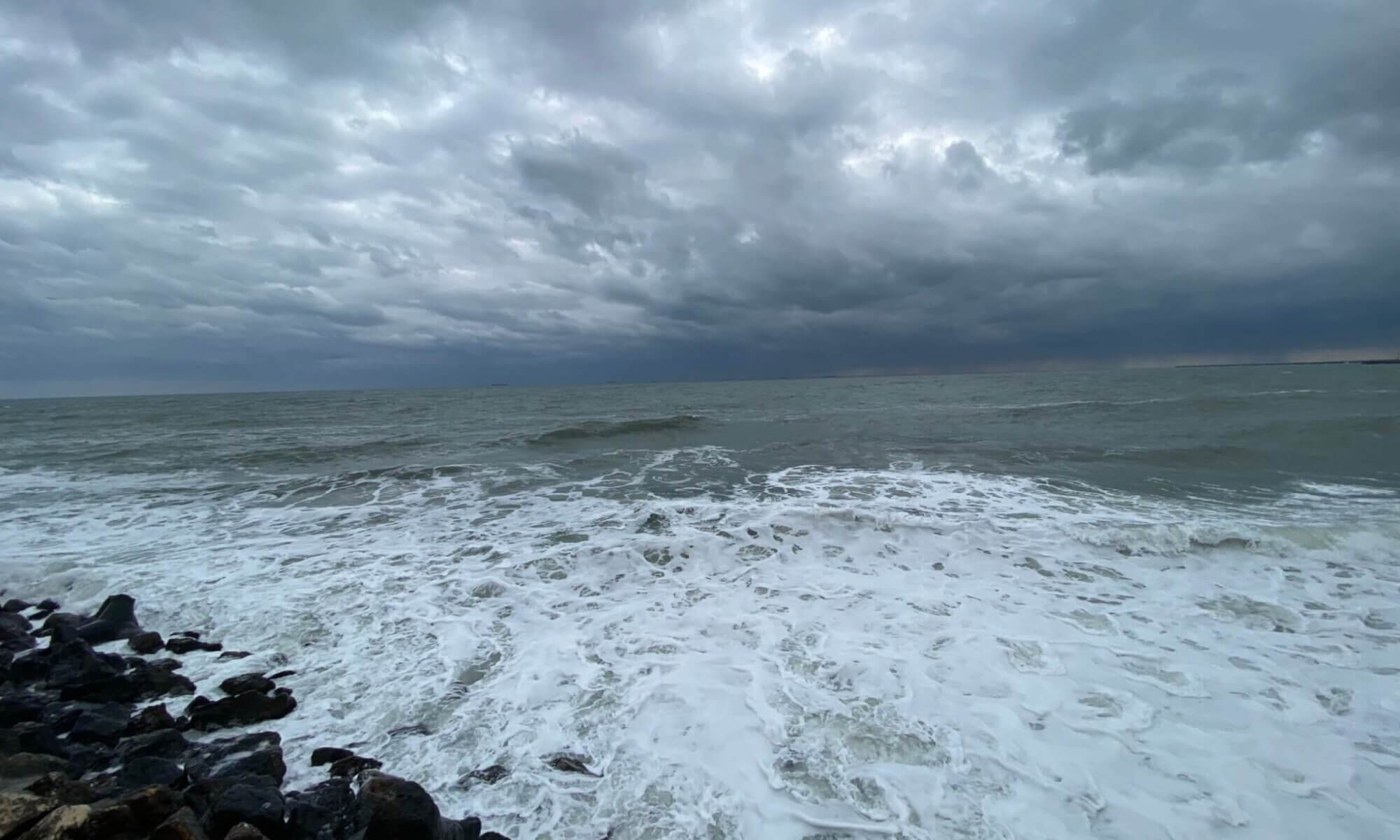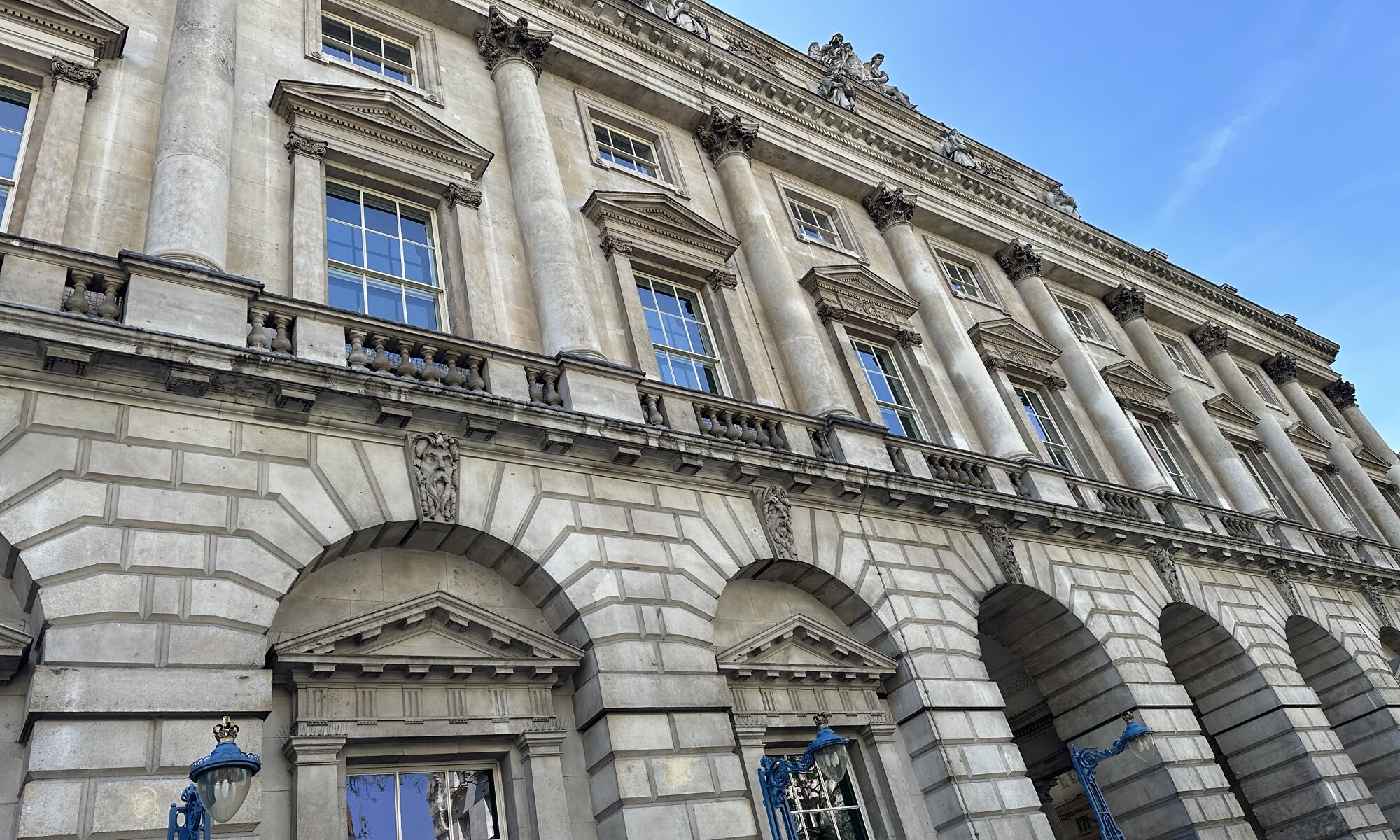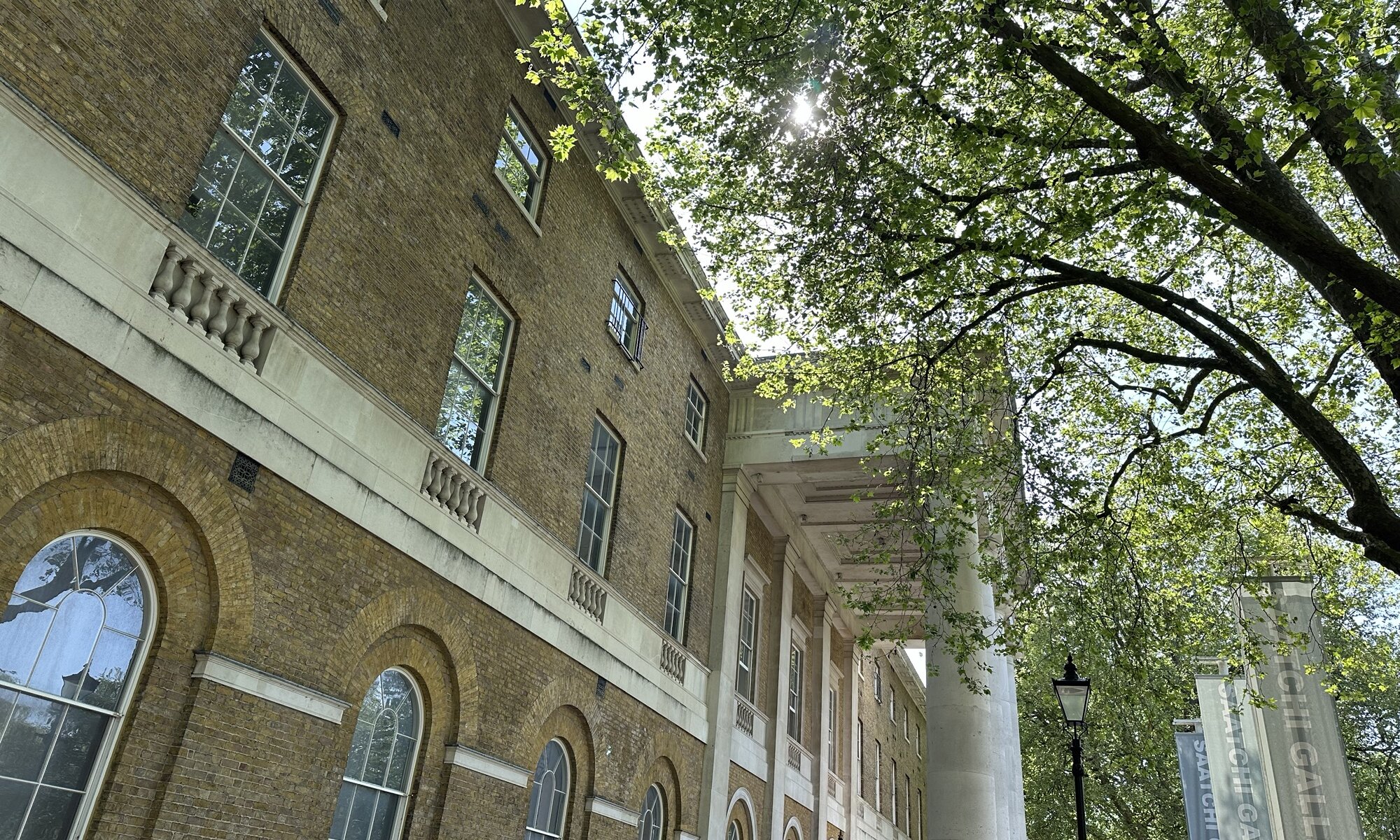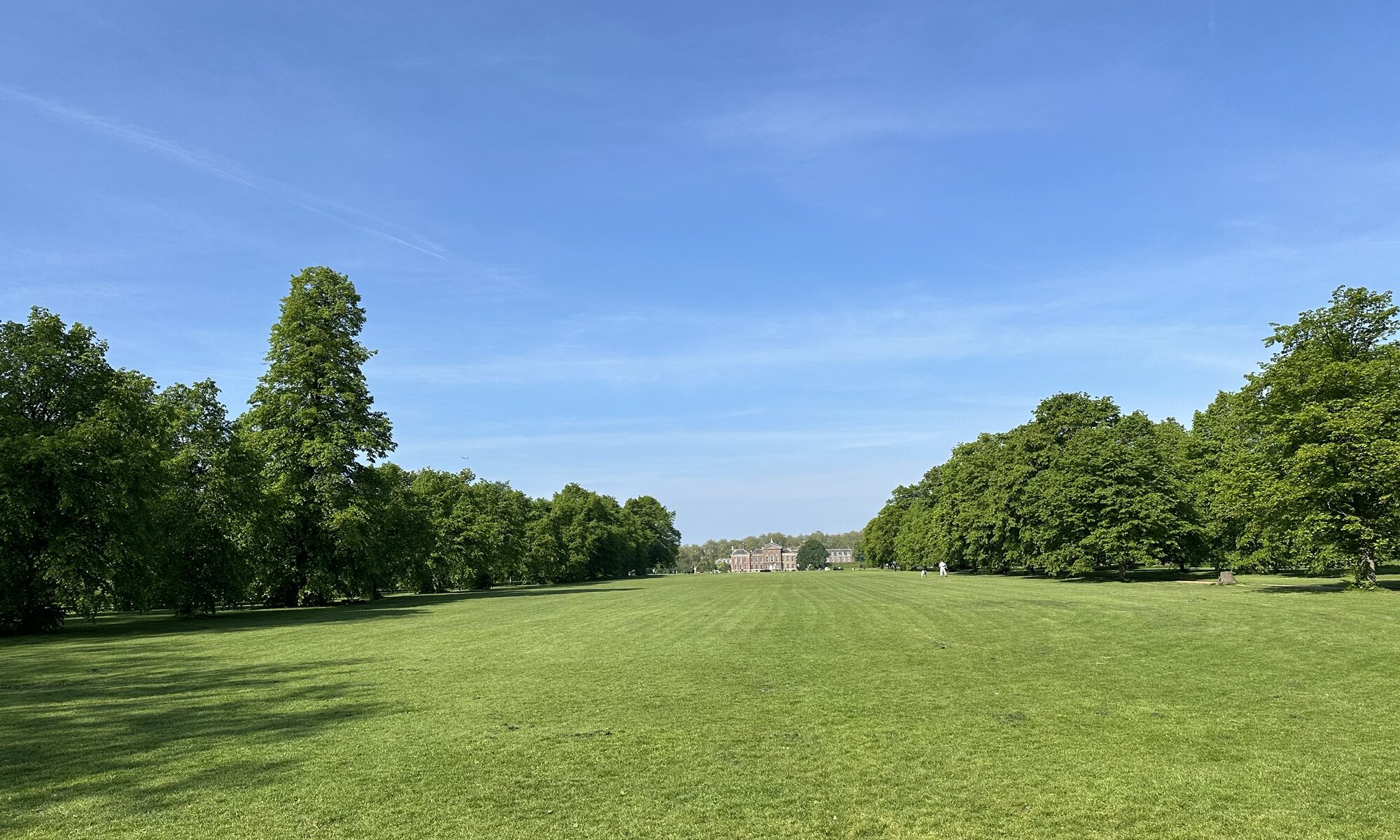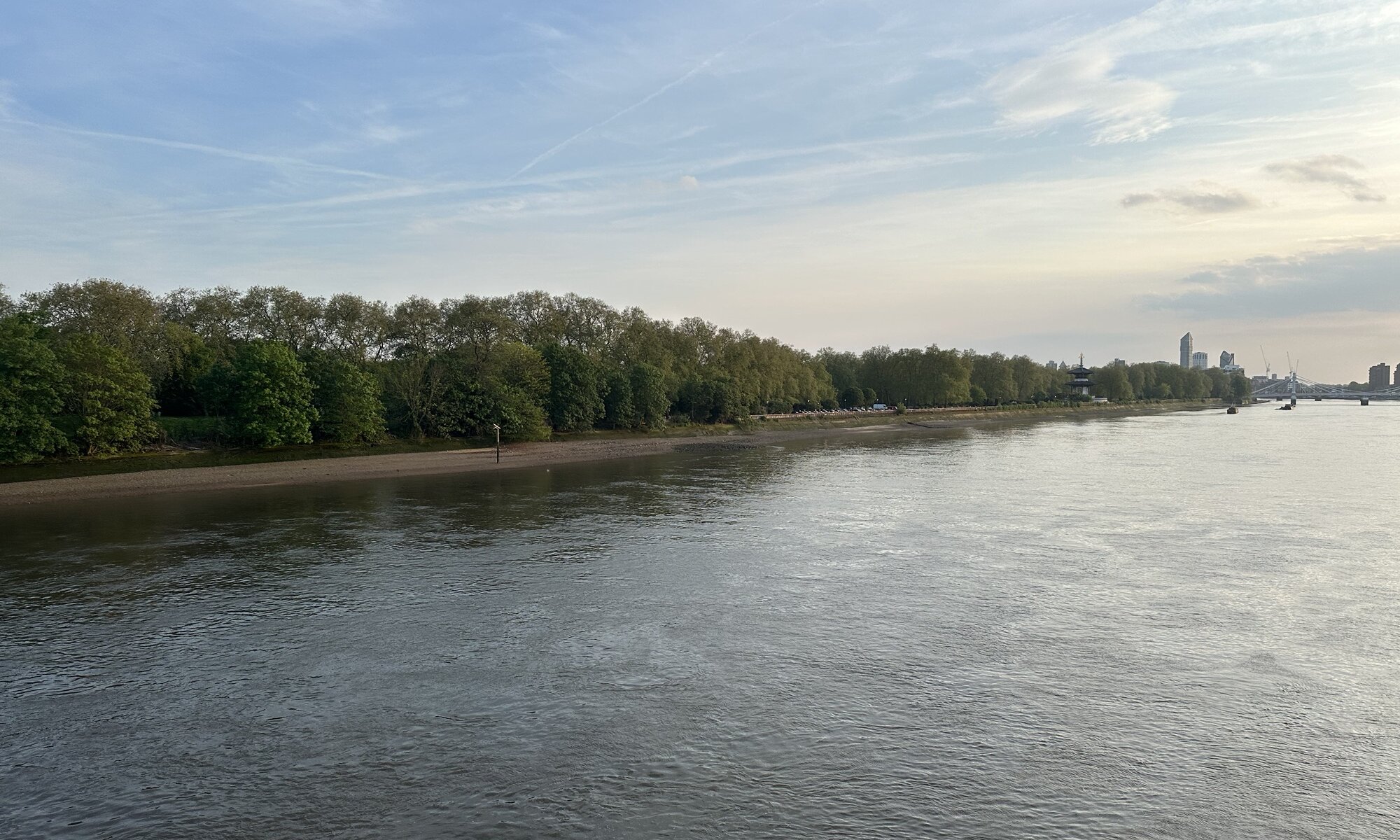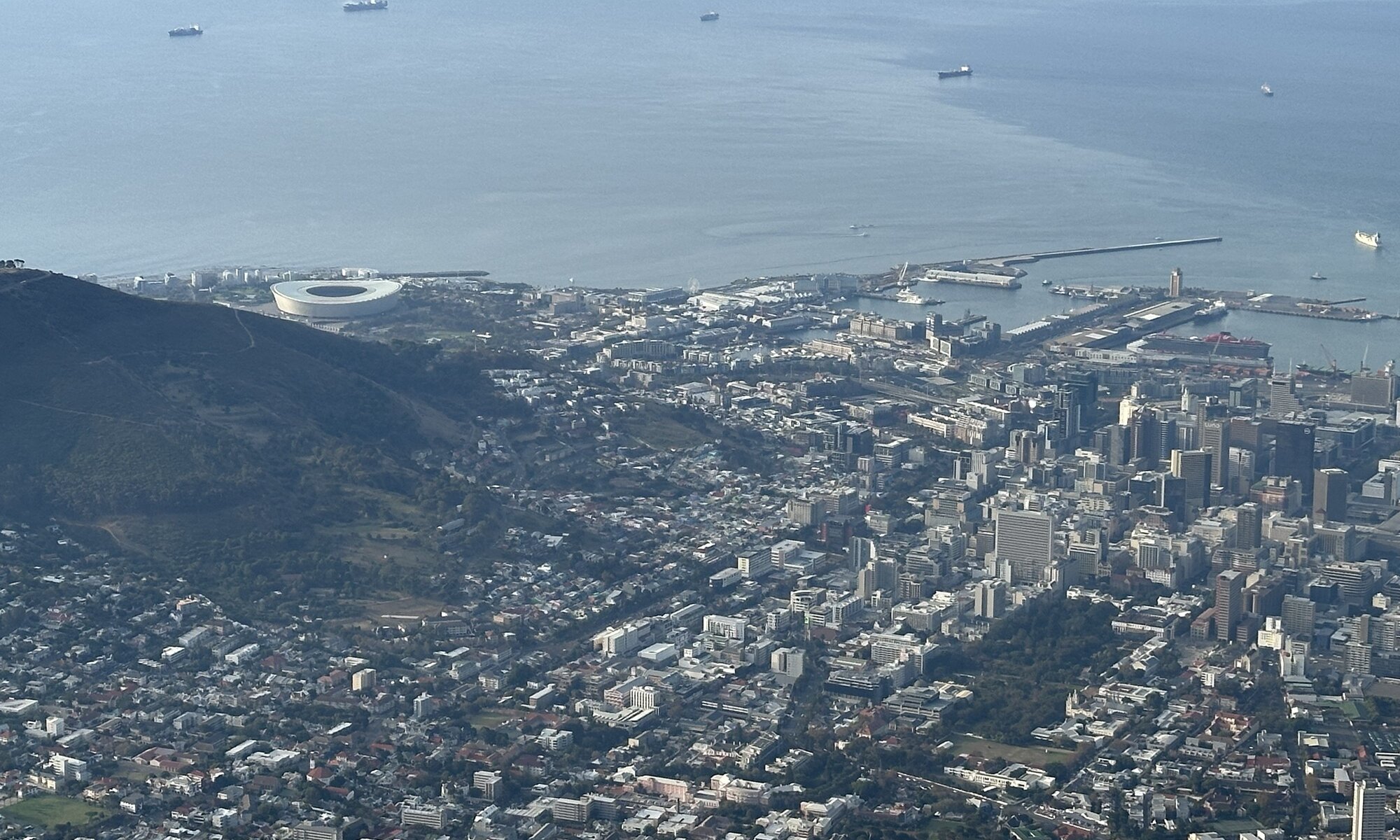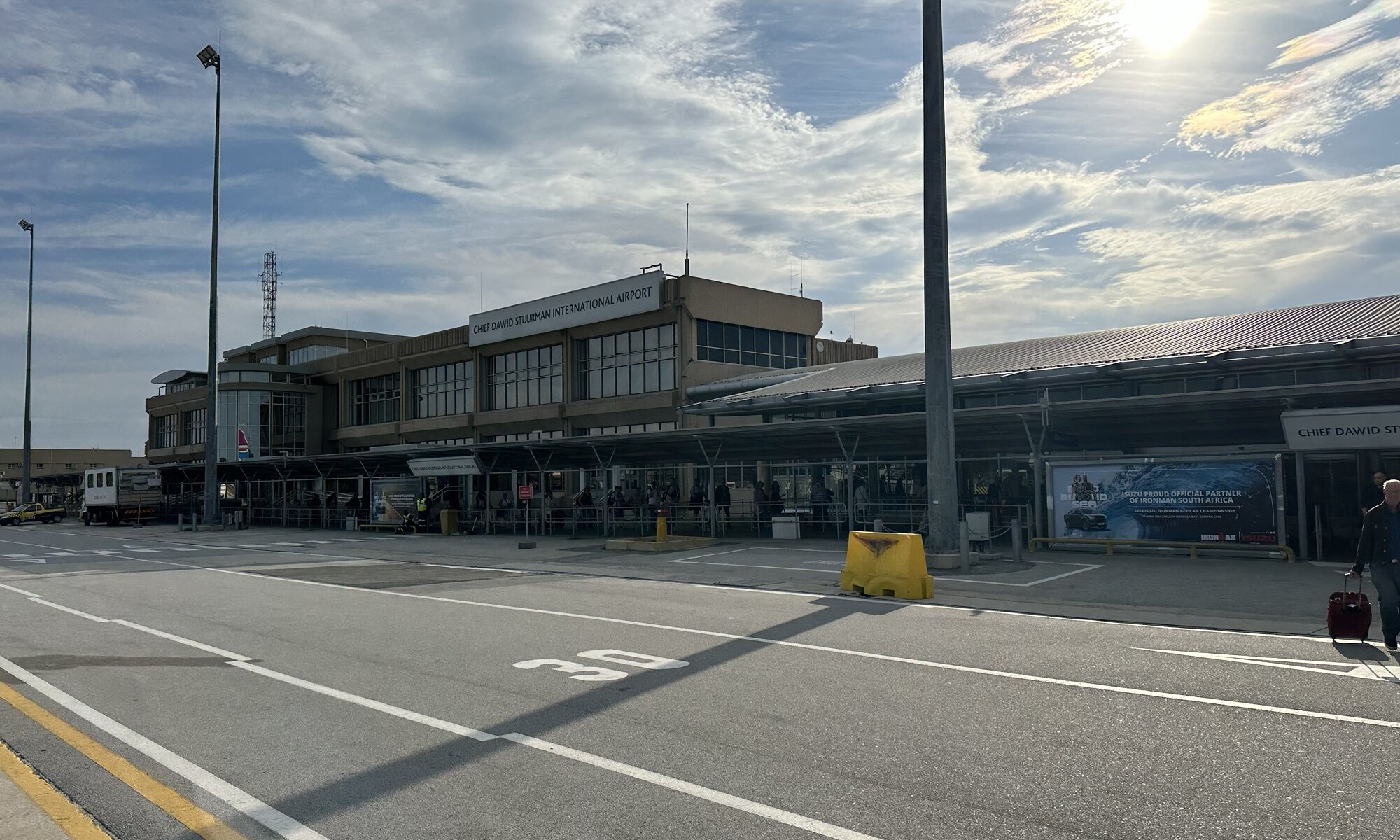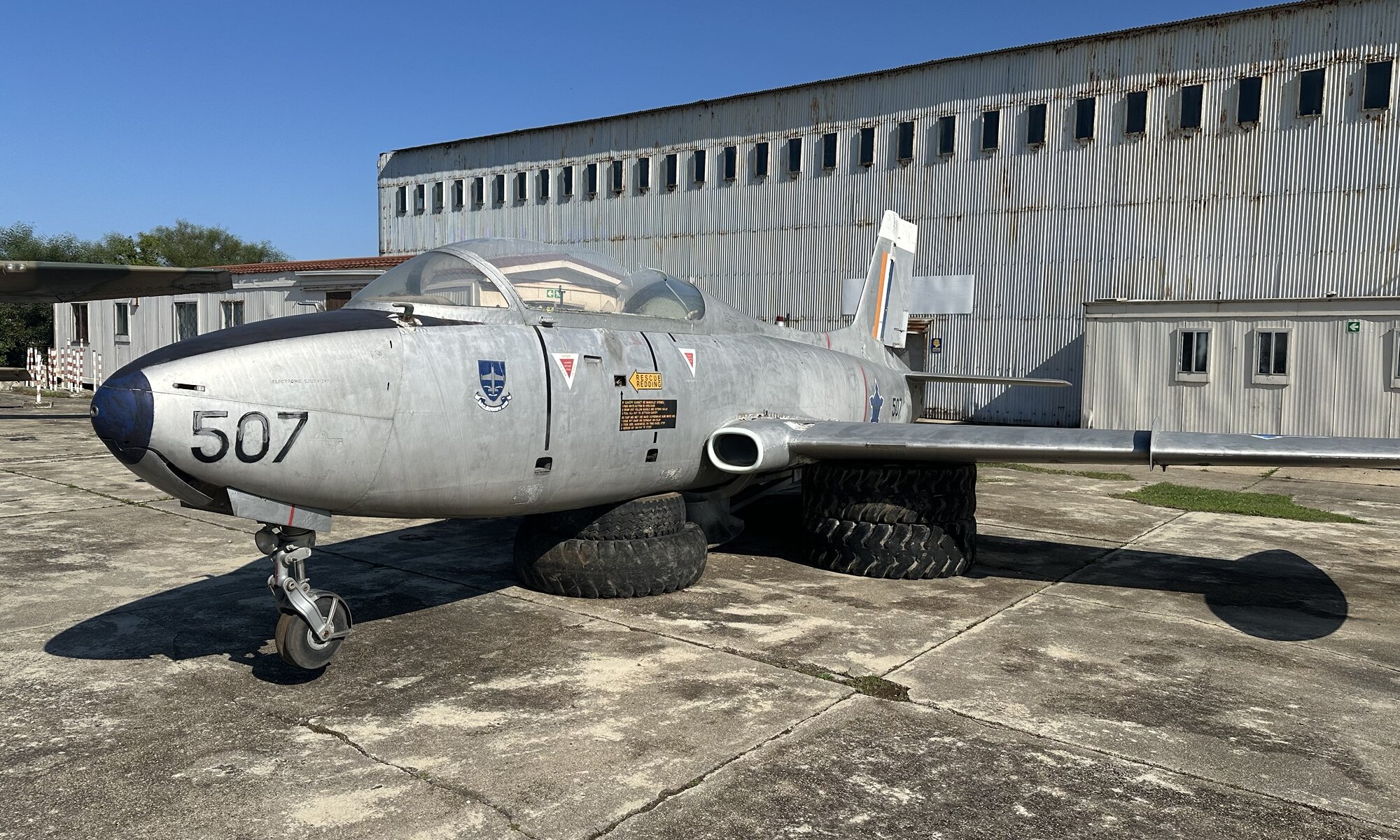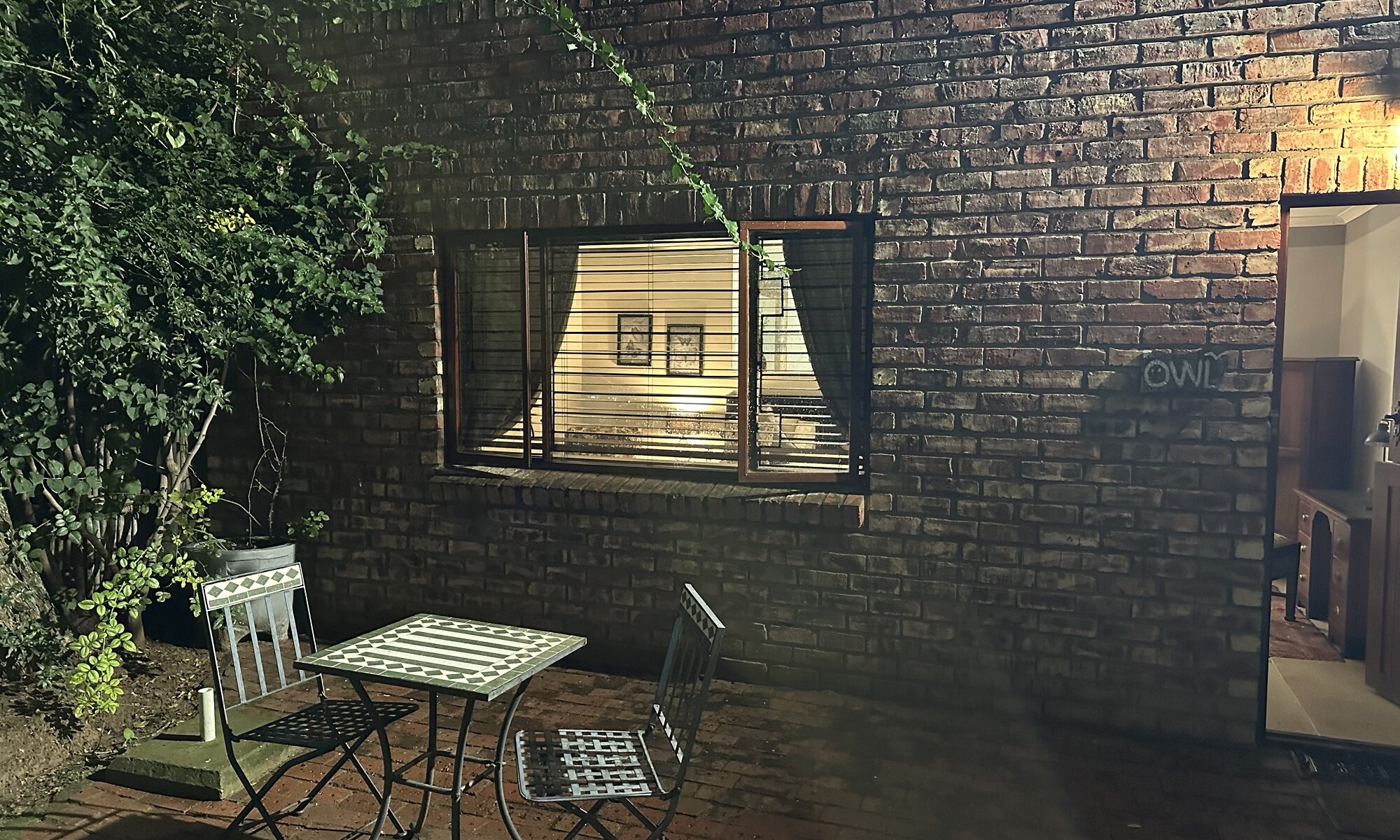A visit to the Courtauld Gallery leads you into a very special building, the Somerset House. It was built in 1776 and was for long time the seat of aristocracy, later it was turned into a government building. Today Somerset House is a center of art which hosts an ice skating rink in winter and it is often used as backdrop in blockbuster movies. Since 1989 it houses the Courtauld Gallery which is focused on French impressionism and post-impressionism – a very good reasons to stop at Somerset House.
Continue reading “Courtauld Gallery”Saatchi
If you’re into contemporary art, the Saatchi Gallery at London is for you. Located at Chelsea close to the Sloane Square station it offers rather small exhibitions in a beautiful building; some free of charge, some ticketed. It was opened by art collector Charles Saatchi in 1985 to make his own collection accessible to the public. The building itself is the former headquarter of the Duke of York. Artists exhibited here are British ones like Damien Hirst; but you can also find works of some German artists like Jörg Immendorff.
Continue reading “Saatchi”Kensington Gardens
We all know the famous Hyde Park at London and when looking on a map you’ll see one big green rectangle between Paddington and South Kensington – but in fact the West Carriage Drive going from North to South in the center of it divides the Hyde Park in the East from the Kensington Gardens in the West. The latter is named after the Kensington Palace that was designed by Sir Christopher Wren and built in 1689 for William of Orange to cure his asthma.
Continue reading “Kensington Gardens”Battersea
Well, Battersea is just a city quarter of London at the river Thames, but it has two important highlights that first time London visitors might not drop by. The first is the Battersea Park, a vast garden opened in 1858. It is great for a walk, for doing some sports like jogging, or playing tennis. But it also has a large lake on which you can ride a paddleboat, the Peace Pagoda and good bars to sit outside and enjoy nice weather (if there is some).
Continue reading “Battersea”Rainbow Nation
South Africa is often called the Rainbow Nation to symbolize its diverse cultures, ethnic groups, and religions. The term was popularized by Archbishop Desmond Tutu after the end of apartheid in 1994, reflecting the country’s transition to a multiracial democracy under Nelson Mandela. The ‘rainbow‘ represents the many different people and traditions coexisting in the country, including Black, White, Colored, Indian, and various indigenous groups such as the Zulu, Xhosa, and Sotho. It also highlights South Africa’s eleven official languages and rich cultural heritage.
Continue reading “Rainbow Nation”Stuurman
Chief Dawid Stuurman International Airport (PLZ), located in Gqeberha (formerly Port Elizabeth), South Africa, is the main gateway to the Eastern Cape region. Named after the legendary Khoisan leader Chief Dawid Stuurman, the airport serves as an important hub for both domestic and limited international flights. It has undergone significant upgrades and renovations to accommodate growing passenger numbers, with modern facilities that include a range of services such as restaurants, duty-free shops, and comfortable lounges.
Continue reading “Stuurman”Airforce
The South African Airforce Museum, located in Gqeberha, offers a fascinating glimpse into the history of the South African Air Force (SAAF) and its contributions to aviation and military history. The museum showcases a diverse collection of historic aircraft, including fighter jets, helicopters, and transport planes, many of which have been in active service during key moments in the country’s history.
Continue reading “Airforce”Sand dunes
The Alexandria Dune Field, located near Addo Elephant Park in the Eastern Cape of South Africa, is a striking and unique natural landscape consisting of vast sand dunes that stretch for over 30 kilometers along the coastline. These dynamic dunes are constantly shaped by the wind, creating a surreal and constantly evolving terrain of high ridges, valleys, and sand hills. The area is part of the Alexandria Coastal Wetlands, which are protected for their significant ecological value. The dunes are home to a variety of plant species, including fynbos and coastal vegetation, as well as a range of wildlife, such as small mammals, birds, and reptiles.
Continue reading “Sand dunes”Gerald‘s Gift
It was probably the most lovely place I stayed at in South Africa, but I was really happy that satellite-based navigation was already invented when I had to find it. Gerald’s Gift Guest House is perfect if you want to sleep close to the Addo Elephant Park and it is located in the center of a large farm producing citrus fruits. It has the most wonderful garden a hotel can have around its rooms and as it is somehow in no-man’s-land there is also a restaurant just for the guests.
Continue reading “Gerald‘s Gift”Addo
Addo Elephant Park is one of South Africa’s most renowned wildlife conservation areas, famous for its large population of African elephants. The park, which spans over 1,640 square kilometers, offers a unique opportunity to observe these majestic creatures in their natural habitat, with over 600 elephants calling the park home. Aside from elephants, Addo is a haven for a wide variety of other wildlife, including the Big Five (elephants, lions, leopards, buffaloes, and rhinos).
Continue reading “Addo”